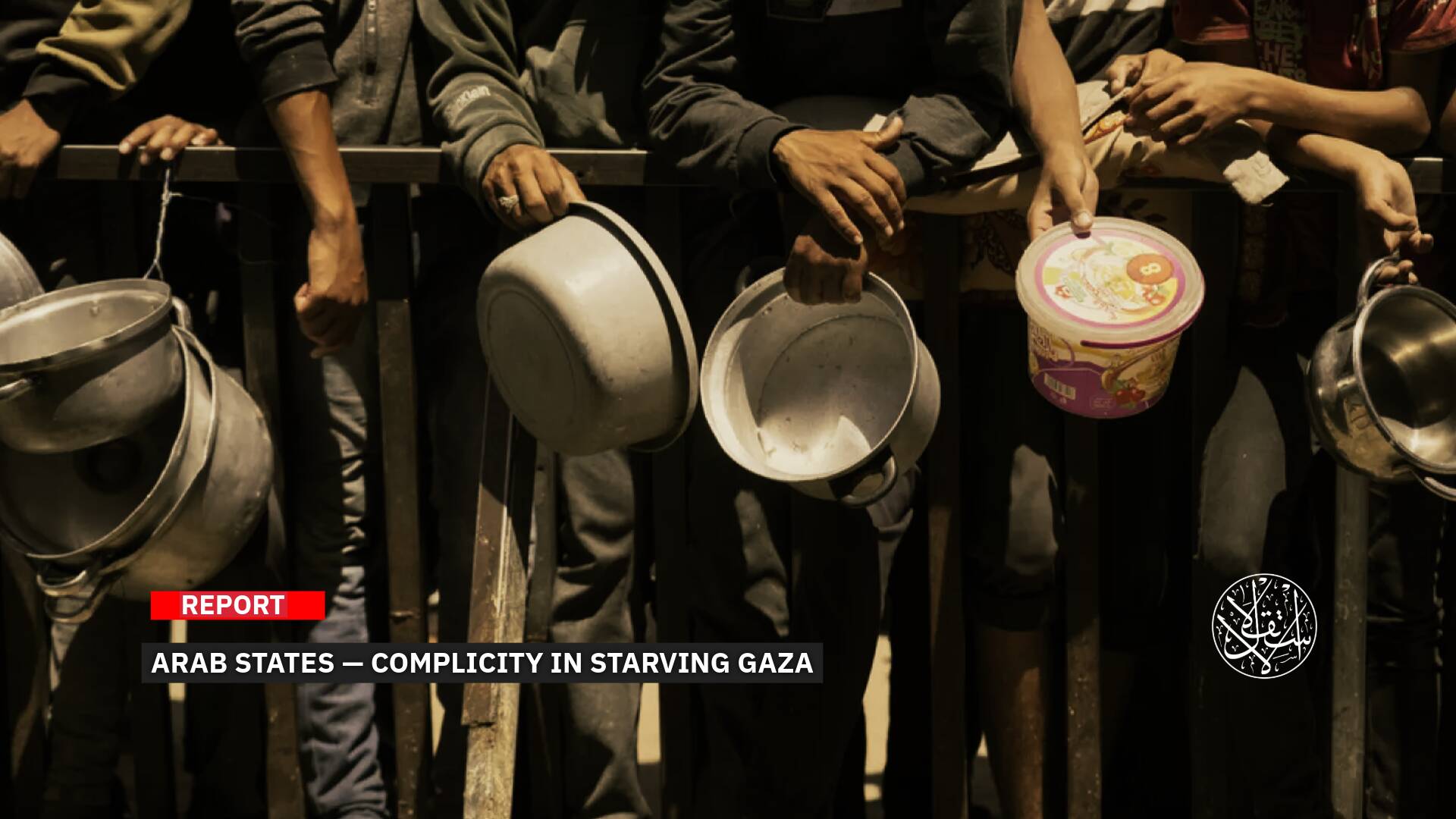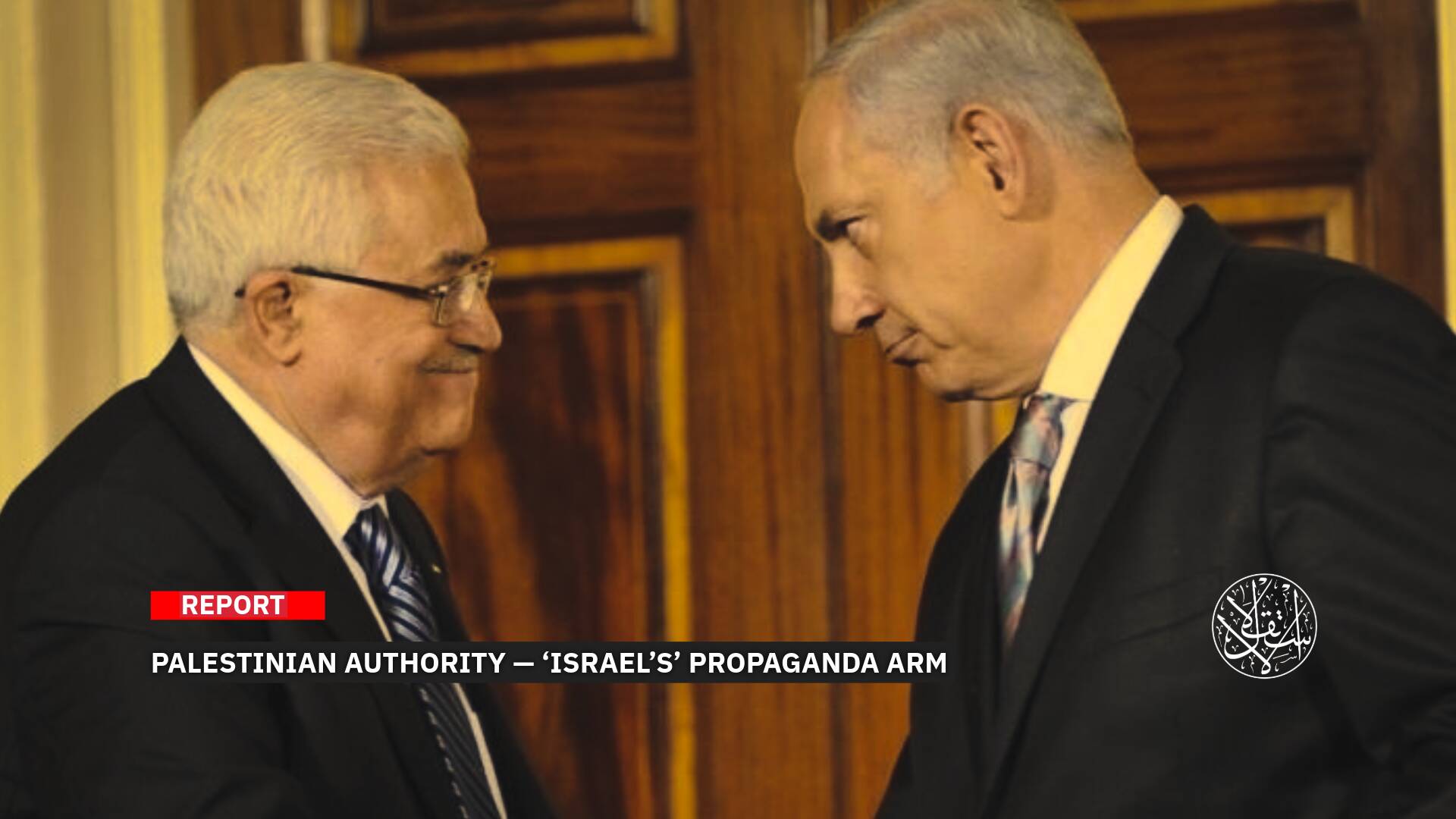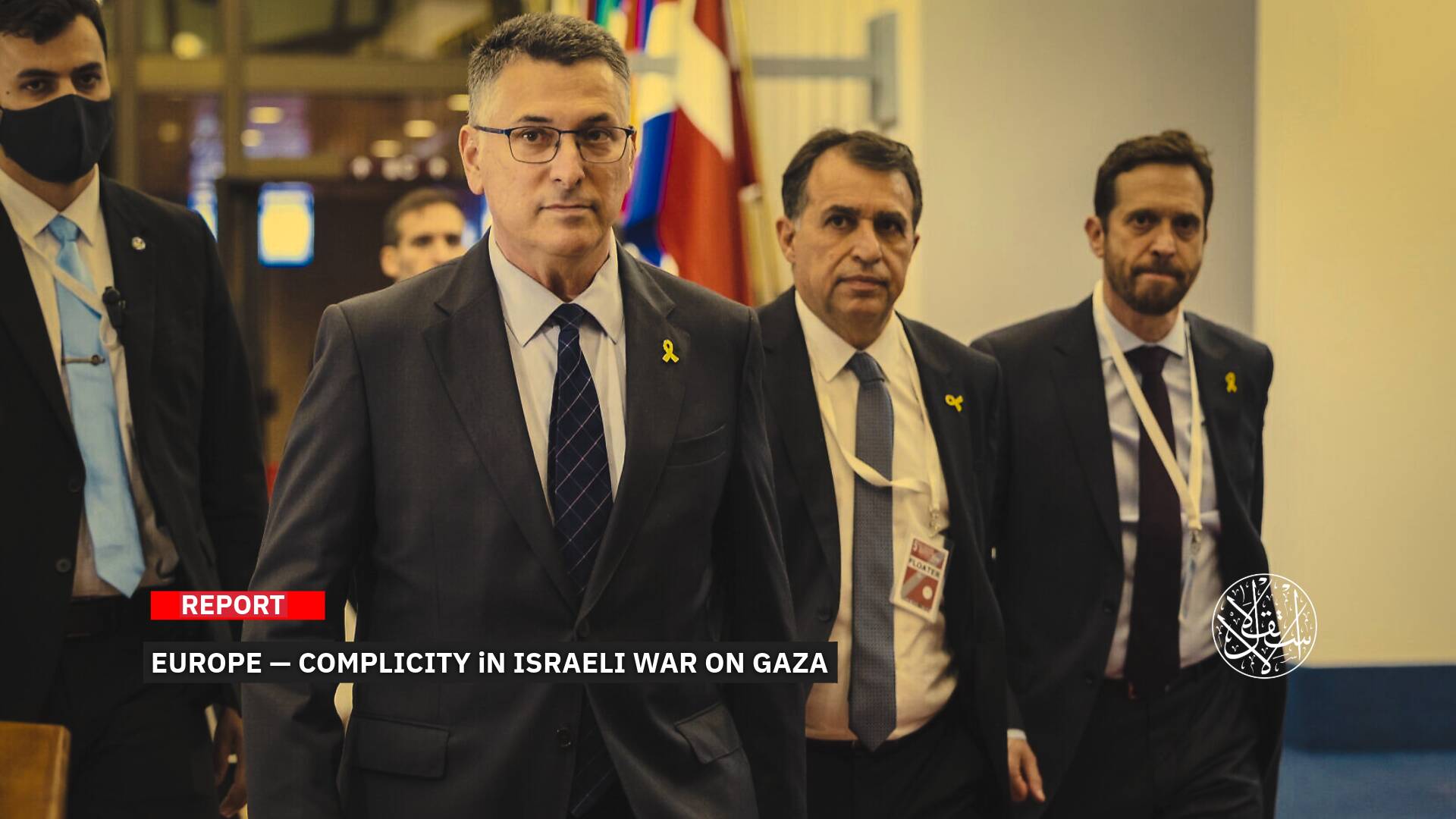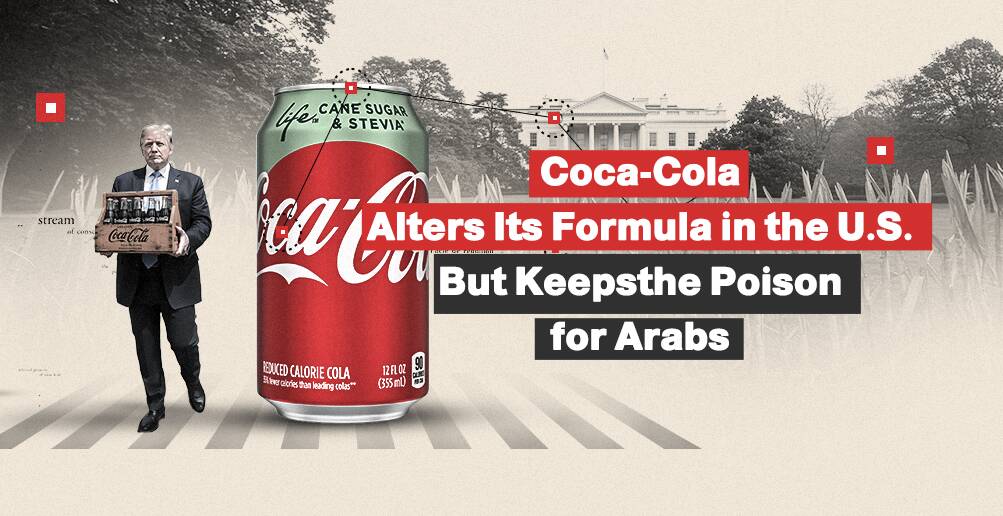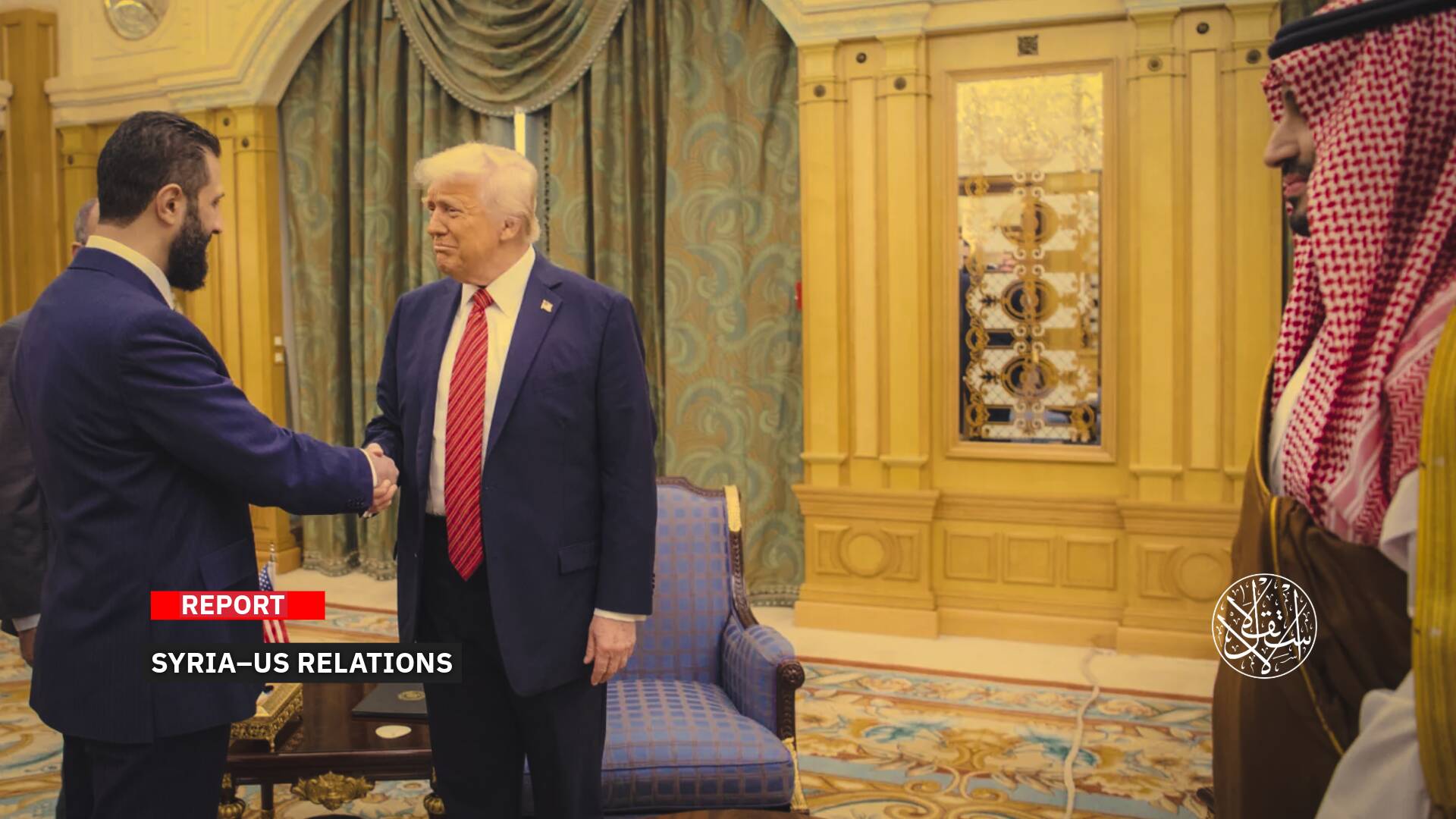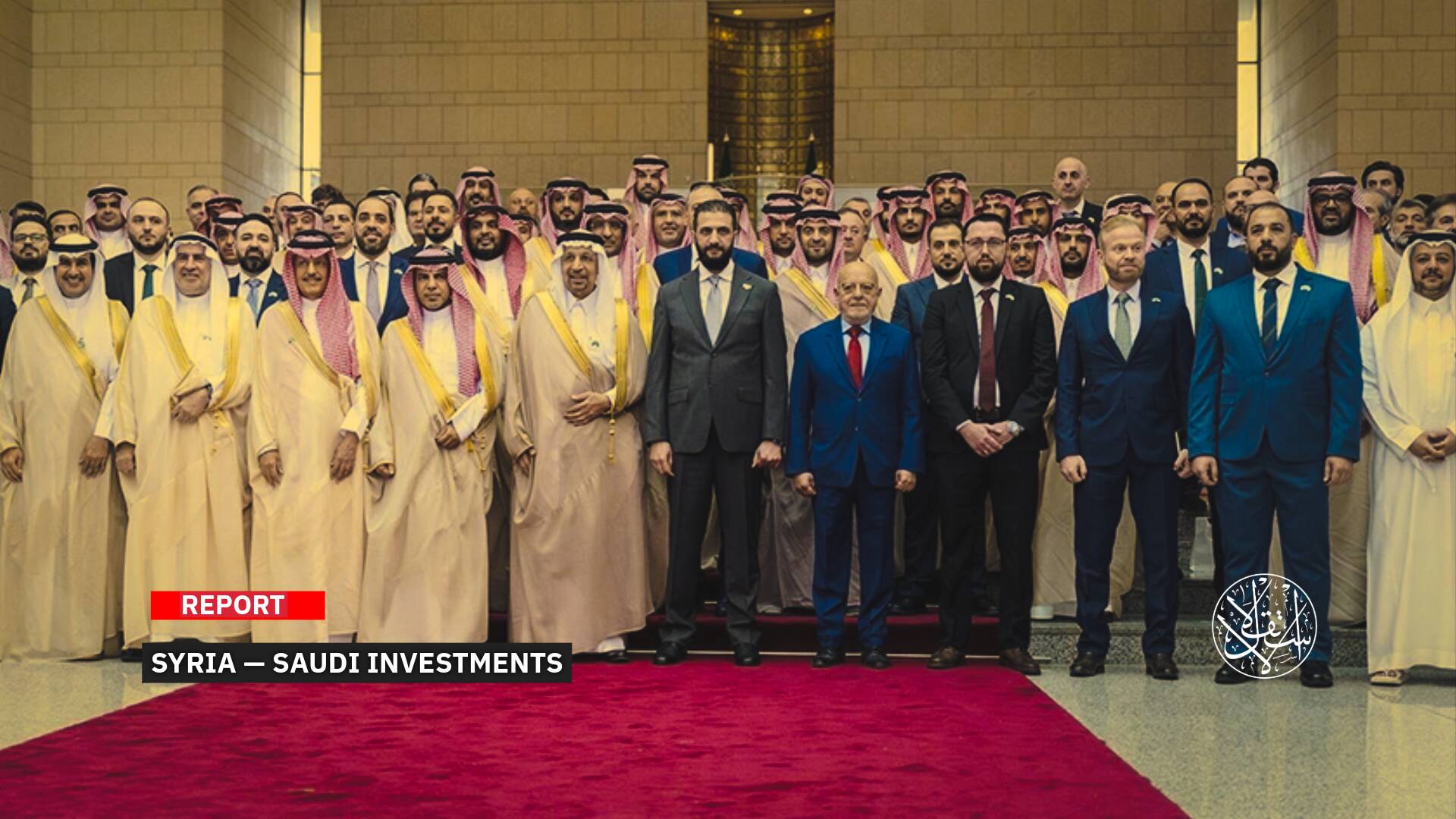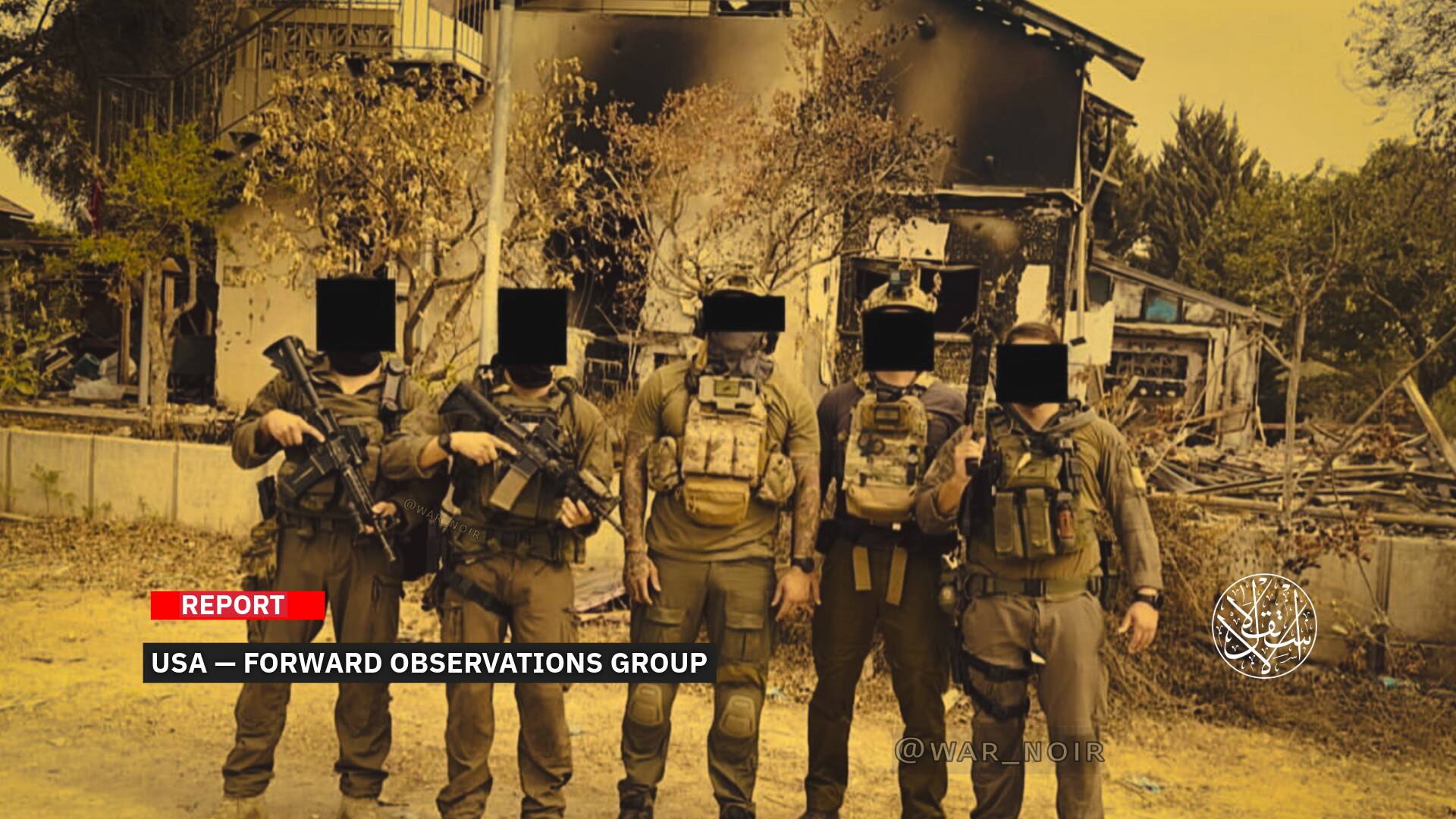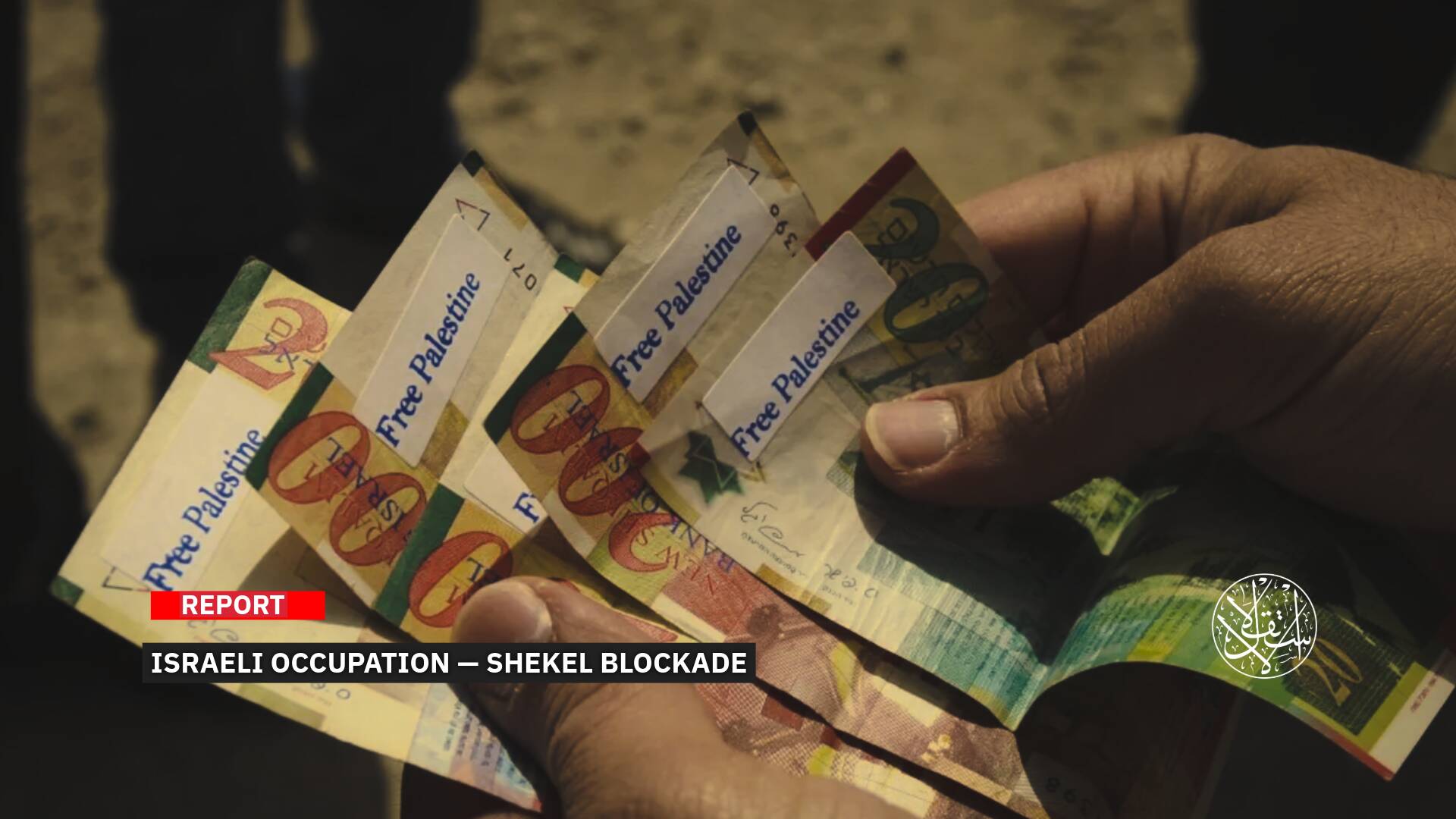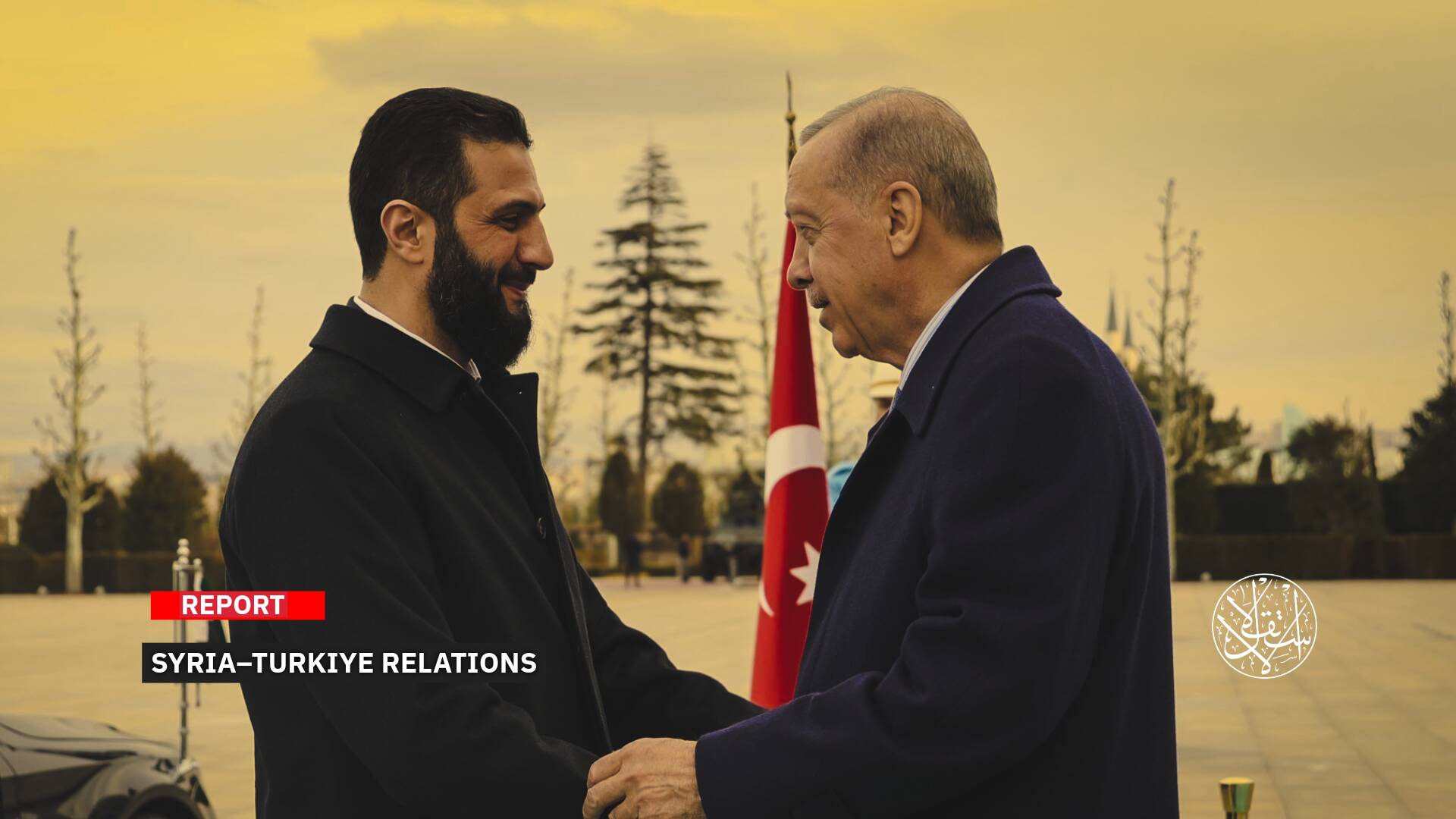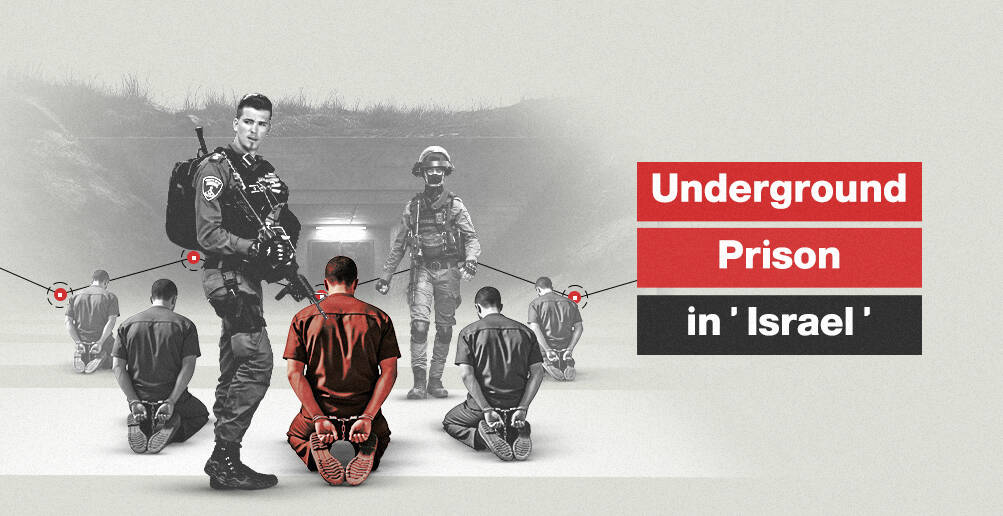27 Years of Targeting Islam: Why Has NATO Returned to Confronting Russia?

On June 28 and 29, 2022, NATO officials developed the new NATO "strategic concept," which is updated every 10 years to take into account changes in the global security environment and to ensure that the bloc is prepared for future risks.
In the new strategic concept, NATO has classified Russia as the enemy and the new threat to the Alliance, having been an enemy of "Islamic fundamentalism" for nearly 27 years since the fall of the Soviet Union and its communist doctrine.
This means that the Madrid summit restored NATO's strategic concept to the Cold War era by reclassifying Russia, the heiress of the Soviet Union, as a primary enemy again.
Throughout the Cold War, the Soviet Union posed an ideological challenge and a security threat to the West, making NATO the main enemy in the strategic concept during that era.
According to NATO's website, the strategic concept means "a basic document for NATO, which outlines NATO's values and objectives, and identifies the security challenges it faces and the political and military tasks it will carry out to meet them."
New Enemy
Following the collapse of communism, the West began looking for an "alternative enemy," in the words of then-Defense Secretary Dick Cheney, who explained at the Munich Security Conference in 1995 that the Alliance had found its way into Islam because of the "religious awakening that was revived at the time."
As part of the process of modifying the concept of a strategic alliance at the time and synthesis of an alternative enemy, the Islamic region was described as a "crescent of crises" by then NATO Secretary.
This definition was crystallized at the NATO summit in Brussels, Belgium, in 1993, so in the absence of the red enemy, NATO began to invent a new enemy, this time "green," called "Islamic fundamentalism."
"Fundamentalist Islam is today the same danger as communism," NATO Secretary General Willy Claes said in an interview with a German newspaper in March 1995.
On February 12, 1995, Chicago Tribune columnist Ray Moseley said, "He may have said this in an attempt to find a new threat or an antidote to NATO's problems to regroup its disjointed members."
"After the demise of communism, NATO desperately needed a new threat to remain an organization, and discovered the Islamic threat," he said, noting that "NATO has been in crisis since 1990 and has not been able to formulate a logical reason for its continued existence."
The slogans "Green Danger" and "Islam is a new enemy" were officially introduced for the first time at the Munich Security Forum in 1991.
But the term "Islam is a new enemy" has been replaced by "Islamic fundamentalism," and "anti-fundamentalism" has been made high on the Alliance's priority agenda.
The enemy's name was later amended to "Islamic terrorism" to ensure that Arab and Islamic regimes participated in the siege of the Sahwa and Islamic movements as enemies of both the West and Arab authoritarian regimes.
With Arab regimes colluding with the Zionist entity playing a role in fighting Islam and Islamic movements, as has happened in Egypt, Saudi Arabia, and the UAE over the past years, NATO no longer needs to worry about this issue, observers say.
Foreign Policy national security correspondent Robbie Gramer noted on June 29 that the number of times the new 16-page NATO document mentioned Russia was 17 times.
China followed 10 times, terrorism 7 times, Africa 4, the Middle East three times, and finally, the Balkans and Afghanistan once each.

Russian Threat
With Arab regimes fighting Islamist currents under the pretext of "fighting terrorism" instead of focusing on the Zionist enemy, and their relative success in suppressing Islamists, NATO has returned to search for a new enemy because its entity is based on it.
At the Brussels 2021 summit, NATO leaders asked Secretary-General Jens Stoltenberg to develop the strategic concept, began consultations with allies, and organized four seminars between NATO leaders, officials, and experts until the new concept was completed.
NATO summits were held on February 25, 2021, March 24, 2021, June 14, 2021, and June 29, 2022.
After the consultation phase, allied leaders agreed to the new strategic concept at the Madrid 2022 summit, which included making the Russian Federation the enemy and the new threat after its aggression against Ukraine.
The previous concept, adopted in 2010, described Russia as a "strategic partner" and did not refer to China at all.
Under the new concept, NATO has decided to "fundamentally shift deterrence and defense," supported by "increased defense investment and co-financing," as well as "more long-term support for Ukraine."
Although the 2022 document described Russia as dangerous and threatening, the Allies do not want to be in a hostile relationship with Moscow, according to the U.S. website Politico on June 29, 2022.
"NATO is not seeking confrontation and poses no threat to Russia," the website said, adding that "we will continue to respond to Russian threats and hostilities in a unified and responsible manner."
Although the Allies announced their intention to develop a stronger defensive presence on the eastern wing of the Alliance (toward Russia), they claimed they remained open to any shift from Moscow.
"We cannot make the Russian Federation our partner; however, we remain ready to maintain open channels of communication with Moscow to manage and mitigate risks, prevent escalation and increase transparency," they said.
According to a June 29 White House fact sheet, NATO has activated its defense plans and now has more than 40,000 troops under NATO's direct command "in response to the more dangerous European security environment resulting from Russia's aggression against Ukraine."
The Allies have also doubled NATO combat groups on the east side, ensuring a solid defense from the Baltic to the Black Sea, a new defensive force, as well as a focus on combat forward capabilities on the east side.
"In order to ensure the defense of our allies, the United States has deployed more than 20,000 additional troops to Europe, along with nearly 100,000 troops providing defense and deterrence across the continent," the White House said in a paper.
He noted the establishment of a permanent advanced headquarters for the Fifth Corps forward headquarters in Poland, which would improve the interoperability between the United States and NATO across the east side.
By the end of 2022, European allies and Canada would have spent an additional $350 billion on defense since 2014.

Iron Curtain
For his part, Russian President Vladimir Putin has hinted at a response to NATO if it deploys troops or military infrastructure in Finland and Sweden, whose NATO accession was ratified at the Madrid summit.
Speaking at a press conference on June 29, 2022, on the sidelines of the Caspian Summit in Turkmenistan, Putin said Sweden and Finland's accession to NATO is quite different from Ukraine's for his country.
He warned that if military units and military infrastructure were deployed in the two countries, Russia would be forced to reciprocate, describing NATO as "a cold war tool that reflects U.S. foreign policy."
Russian Foreign Minister Sergey Lavrov commented on the new NATO document, saying that "the Iron Curtain is in the process of being done."
This is in reference to a famous phrase by the late British Prime Minister Winston Churchill on the separation of the European continent with an iron curtain between capitalist and communist states under the soviet bloc, leading to the Cold War.
"Let [Westerners] be careful and don't hang [their fingers] in the Iron Curtain; the process is underway," Lavrov said at a June 30 press conference.
Sources
- NATO 2022 STRATEGIC CONCEPT
- NATO leaders brand Russia a ‘direct threat’ in new strategy blueprint
- FACT SHEET: The 2022 NATO Summit in Madrid
- ISLAM IS NOT THE THREAT NATO MAKES IT OUT TO BE
- Seeing Green;The Red Menace Is Gone. But Here’s Islam
- Visualizing the NATO Strategic Concept: Five ways to look at the Alliance’s future


